Visited with the 36 weeks pregnant missus

I thought it was about time i went back to here for some shots of the underground water tunnels and the ruins of the old mellor mill that stood there a long time ago.
I did the lighting as best as i could with 2 head torches and a pack of cheap shitty quid shop batteries.
So the missus stayed on flat surface and i headed into the dark wet dirty tunnels, and popped out on the other side of almost all of them, and all i heard every few minutes was "Tom hurry the fuck up i need a piss" .....over and over again lol. So packed up waders off and headed off to find a toilet.
Here is some history
Until the middle of the 18th Century Spinning and Weaving were domestic industries carried out in the home in the Mellor area. In the 1760s however, the situation changed dramatically with the coming of industrialisation. The power of fast flowing water, harnessed in both flowing in and flowing out, freely available in the local river valleys, proved immensley successful. By the 1780s the population of the Parish had risen to a peak of 3,000, with 70% of those working in textiles.
The most famous mill in the area, Mellor Mill, was built by Samual Oldknow who was a pioneer of the industrial revolution. After success as a manufacturer of fine muslins, he moved to Stockport and then to Mellor, where he had the Mill built between 1790 and 1792 for cotton spinning. It was the biggest building of its kind in the North West at 400 feet long and 6 stories high, in its heyday employing 550 workers.
Oldknow was a pioneering agriculturalist, owning much land in Mellor and remodelling the ancient Bottoms Hall as a model farm. The mill manager lived in Marple Lodge and Oldknow himself lived in Mellor Lodge, with stables nearby. The the site also included workers housing, ponds and gas works. It was powered by three wheels, two inside the mill and one connected to the spinning mill, a corn mill, and workshops by long line shafts. Later steam power was introduced and a flue ran up the hillside to a chimney. It was both the final flourishing of water-power and a template for the architecturally impressive cotton mills of Lancashire and Cheshire.
The Mill burnt down in the late 1890's and the millponds built to divert the water from the River Goyt have been renamed Roman Lakes, which remains open as a popular Leisure Park with facilities for fishing, canoeing and other activities.
In 2009 as part of the Mellor Heritage Project an initial excavation was carried out to remove the overlying topsoil and vegetation in order and expose the groundfloor remains of the mill building. It was also hoped to find the southern range of the mill and conduct a preliminary investigation of a suspected wheelpit in this area.
The aim was to expose and record these areas to expand the knowledge of this important archaeological site and also to create a publicly accessible heritage resource, with exposed aspects of the mill site visible and open to inspection.
These archaeological remains will be explained by illustrated display boards installed on the site, although the mill complex itself is privately owned and for safety reasons is not normally open to the public.
Here are my shots hope you like
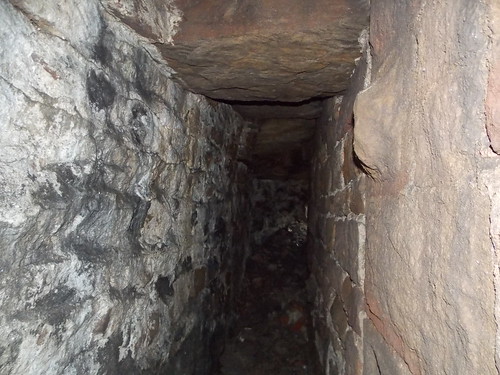
Thanks for looking i hope you enjoyd
Results 1 to 6 of 6
Threaded View
-
02-06-2013, 07:38 PM #1
 Mellor Mill, Water Tunnels, Marple, June 2nd 2013
Mellor Mill, Water Tunnels, Marple, June 2nd 2013
Similar Threads
-
Wellington Mill / Knoll mill, Greenfield, Oldham, march 2013
By Tom sherman in forum Industrial sitesReplies: 2Last Post: 23-03-2013, 08:23 PM -
Archived: Standedge Tunnels - June 2011 - Yorkshire/Manchester border
By MJS in forum UndergroundReplies: 1Last Post: 28-06-2011, 01:07 AM -
Water Filtration Works. Bradfield. Sheffield. June 2011.
By SilentHill in forum Industrial sitesReplies: 7Last Post: 27-06-2011, 10:10 AM -
Archived: Gawthorpe Water Tower by night June 2011
By captain cave man in forum Other SitesReplies: 0Last Post: 09-06-2011, 12:46 PM -
Archived: Mellor ROC Post - (Lancashire Group) - 2008
By BB in forum LancashireReplies: 0Last Post: 15-07-2008, 10:47 PM





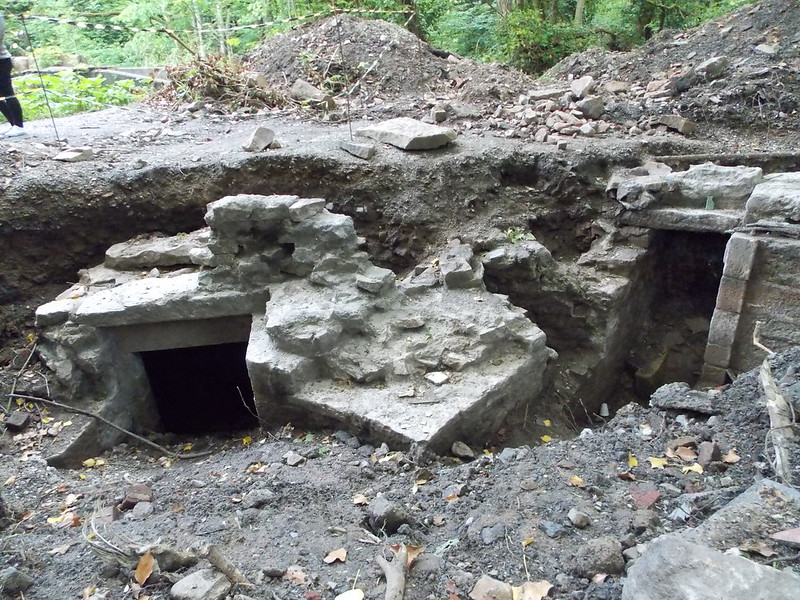



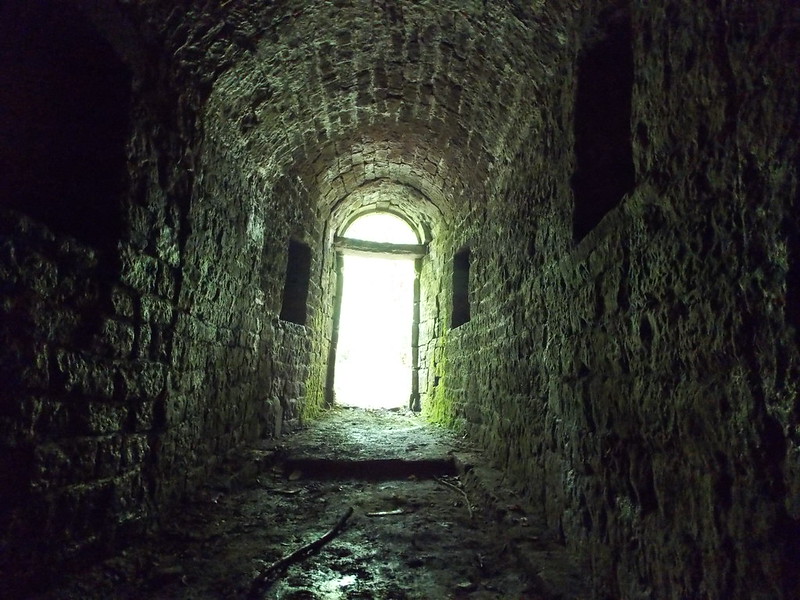
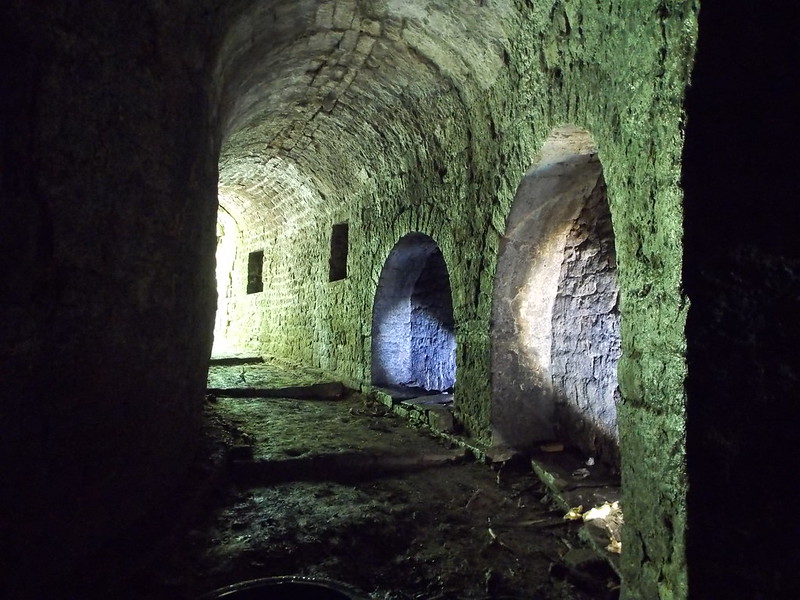
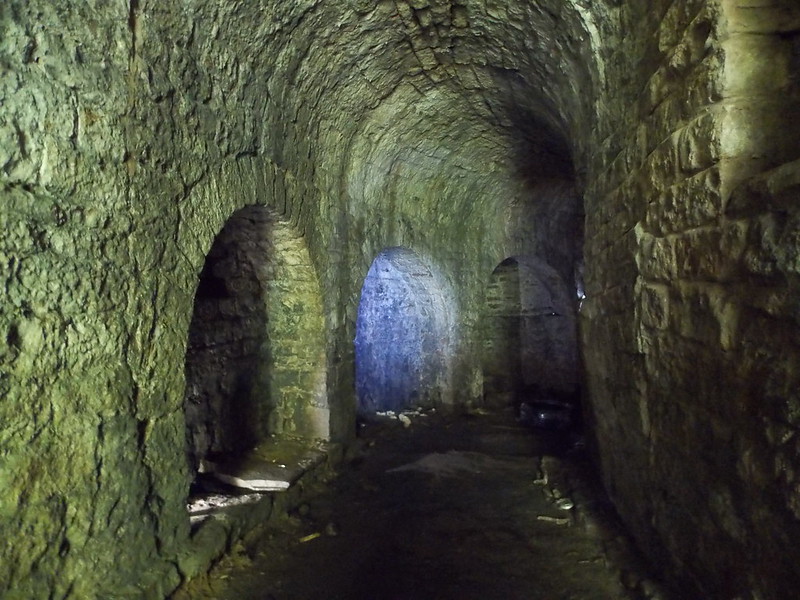
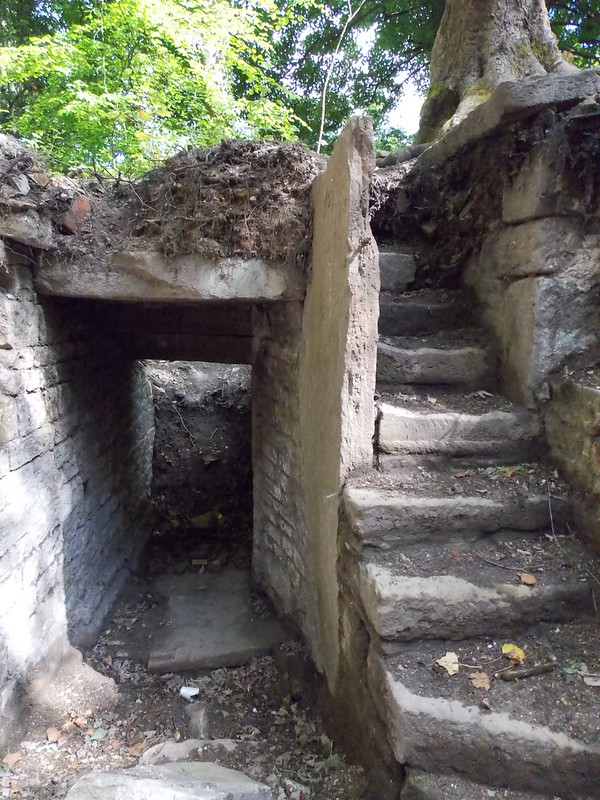
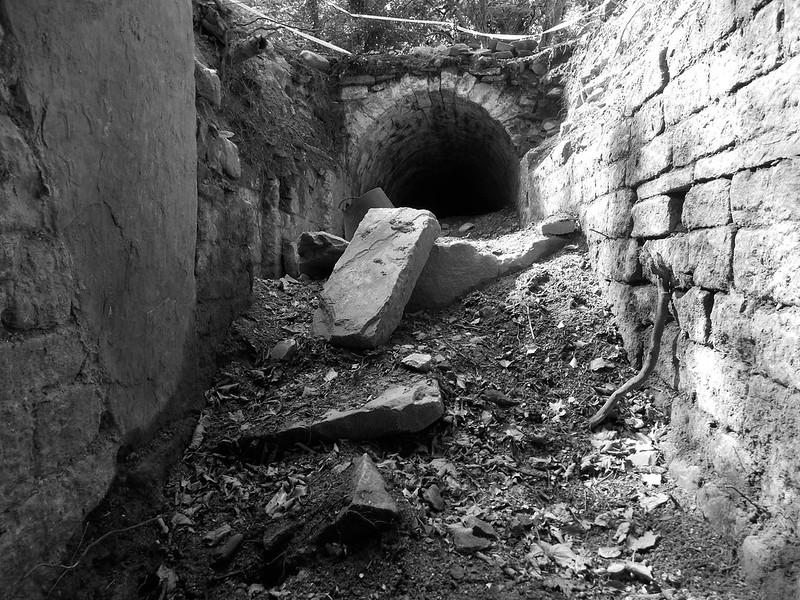



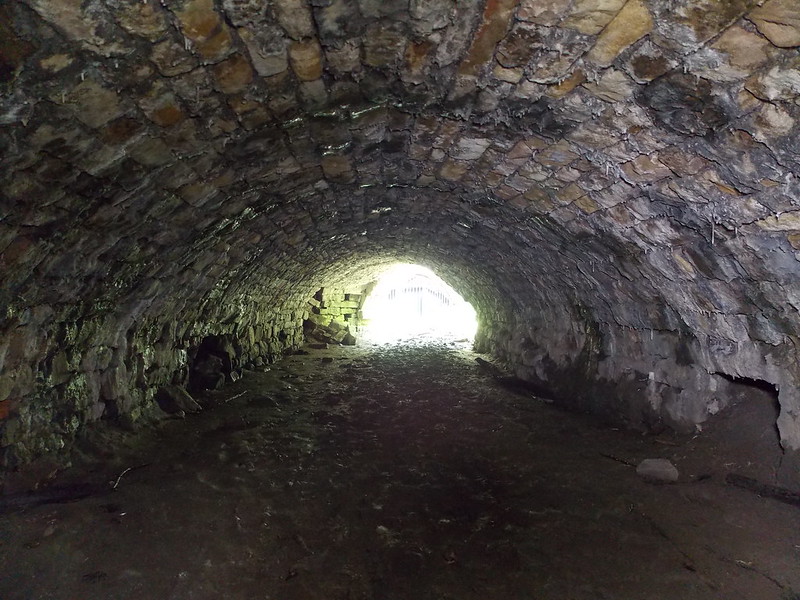
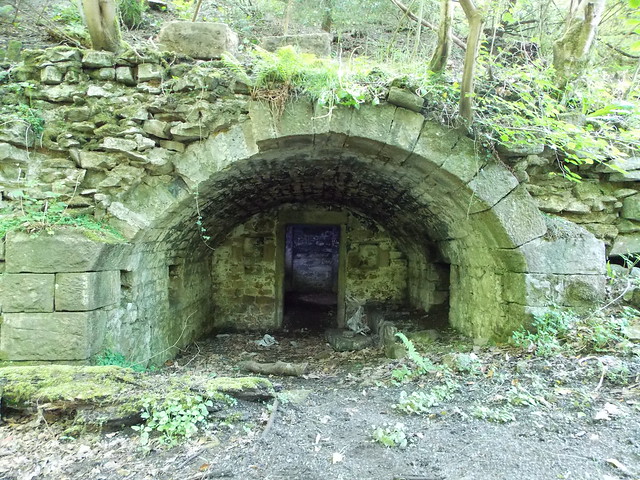
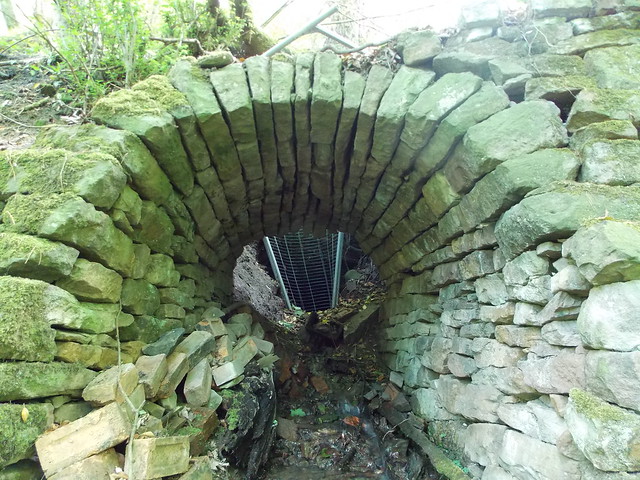
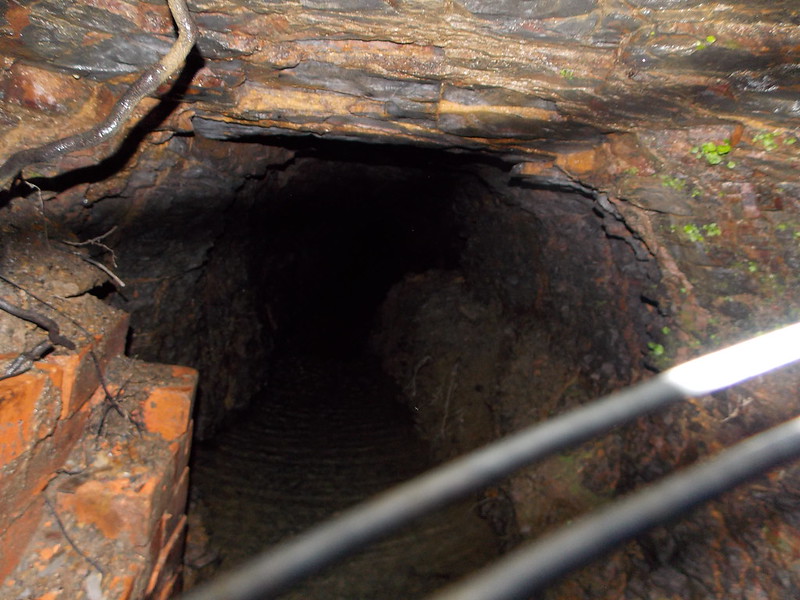


 Reply With Quote
Reply With Quote